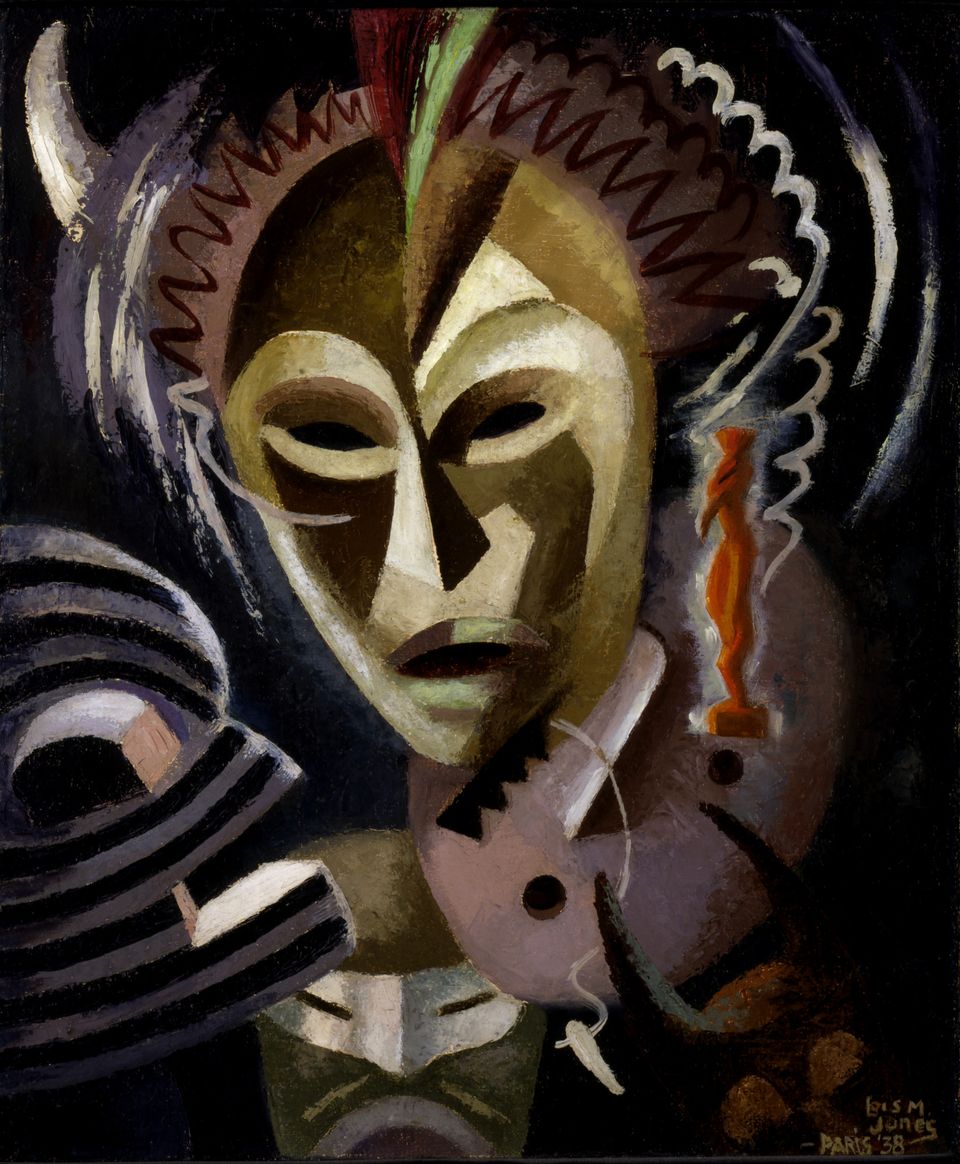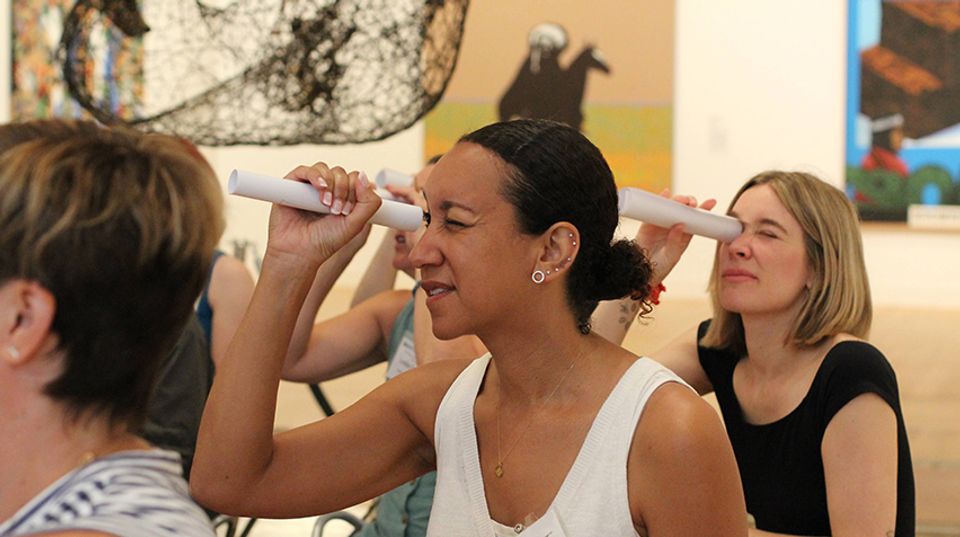
Amelia Goerlitz, fellowship and academic Program coordinator for American Art, talks about our upcoming symposium "American Art in Dialogue with Africa and its Diaspora" taking place on October 4-5, 2013.
On October 4-5, 2013, the museum will convene an international symposium entitled, "American Art in Dialogue with Africa and its Diaspora". Nineteen speakers from across the country and around the globe—Uganda, Nigeria, England, France, and Germany—will discuss the ways in which American artists have engaged with the objects, cultures, histories, and people of Africa and the global black diaspora. For centuries, American artists of diverse racial and ethnic backgrounds with various agendas have imagined and depicted Africa and African peoples in their work. Or they have turned to African cultures and art objects for inspiration and a source of shared identity.
A review committee of Smithsonian scholars and one outside professor selected papers for the symposium from among ninety-five proposals. The resulting program is grouped around several themes: nineteenth-century portraiture; primitivism and modernism; the development of a trans-African aesthetic in art of the Harlem Renaissance and beyond; postwar artists' travels to the African continent; and contemporary artists' interrogation of history and appropriation of traditional forms. The first day will open with presentations by scholars of American, African, and African Diasporic art, while the second day includes a talk by renowned artist and scholar David C. Driskell.
Attendees of the symposium and online viewers of the live webcast may be familiar with some of the artists discussed: Charles Willson Peale, William H. Johnson, Jeff Donaldson, Carrie Mae Weems, and Kehinde Wiley. Other names may be new: Augustus Washington, Winold Reiss, Willis "Bing" Davis, and Wura-Natasia Ogunji. Some artists are represented in the museum's own collection; among them is Loïs Mailou Jones, a painter whose works reflect an increasing fascination and identification with Africa and its diaspora.
Jones' interest in African art began in her formative years. Les Fétiches was painted in the artist's Parisian studio in 1938 during her first teaching sabbatical from Howard University. In Paris, Jones's longstanding interest in non-western masks deepened, thanks to the accessibility of African sculpture collections. In Les Fétiches, five stylized masks swirl about the composition.

Loïs Mailou Jones' Initiation, Liberia
Loïs Mailou Jones traveled to Haiti in 1954. During this visit, she painted Eglise Saint Joseph, an enthusiastic interpretation of the city's vibrant residents, hodgepodge of architectural styles, and bright Caribbean landscape. Over the next few decades, Jones and her husband, Haitian-born artist Pierre-Noël would divide their time between the United States and Haiti. For Jones, the culture of the island became a point of connection to Africa and a source of new material for her painting.
Loïs Mailou Jones finally traveled to Africa in 1970 at the age of sixty-five, visiting eleven countries. The experience changed her work entirely. Paintings like Moon Masque, and Initiation, Liberia, adopt the flat color and geometric designs of African textiles as well as the abstracted forms of African sculpture. More importantly, they reveal the artist's interest in African spirituality and cultural practices.
These works by Loïs Mailou Jones from the museum's collection are just one example out of many that reveal the significant role that Africa and the African diaspora have played in the development of America's art. For more, we hope you will join us in person or online for this symposium.

















